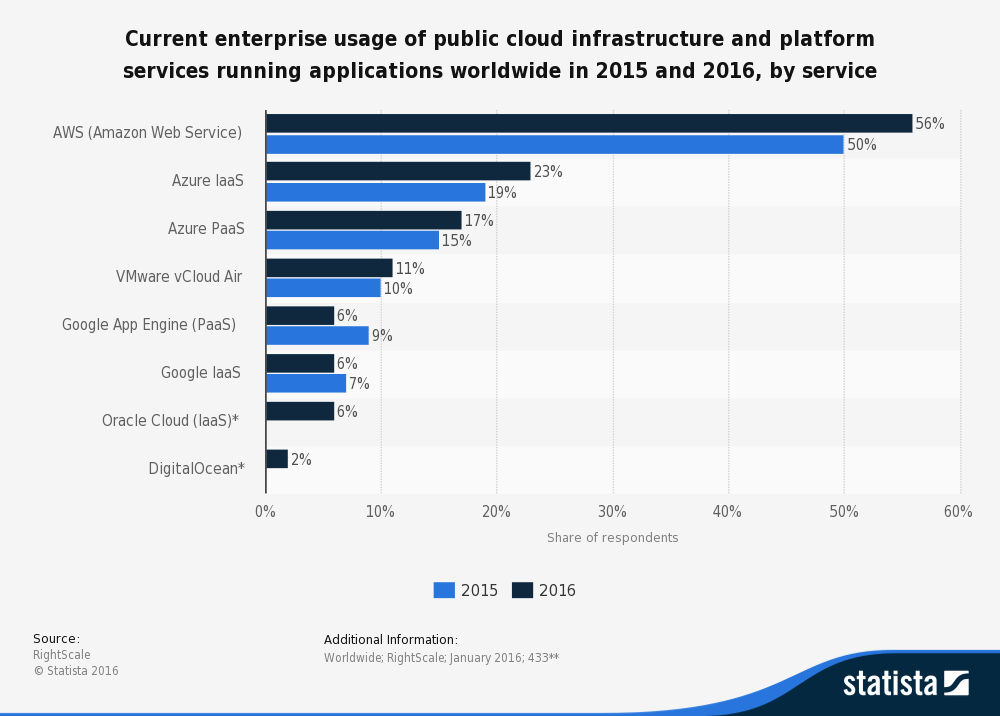And the results of the 2017 Intelligent Technology Index revealed that cloud integration looks promising for business of all sizes.
While there are many benefits of transitioning applications to the cloud, it’s a complex process that demands thoughtful planning and comprehensive consideration around application allocation, portability, compatibility, security and more.
But what challenges should an organization consider prior to cloud migration, and qualifications should the best enterprise business solutions address? We will dive into these questions as well as take a specific look how Azure cloud services meets the needs of enterprises.
Migrating to the cloud
Relocating existing applications can be a complicated process.
With massive and immovable architecture at their core, applications that weren’t built for cloud computing can often hurt productivity with their regular performance issues. To resolve these disruptions, a partial or complete redesign is typically required.
When moving to the cloud, another common challenge is in the sheer size of enterprise applications that use and generate large amounts of data which are often terabytes in scope. Transferring an in-house system to the cloud requires that you consider network performance and latency when selecting the solution used to migrate.
Before making the Platform as a Service (PaaS) change, your company should address the following cloud migration challenges:
- How can we move massive amounts of data for development and test environments to the cloud?
- How can we avoid hefty data transfer costs when keeping on-premise environments in sync with those in the cloud?
- How can we ensure that data is migrated securely and protected when it lives in the cloud?
- How can we manage burst capacity without incurring prolonged maintenance and infrastructure costs?
How portable are your valuable assets?
A caveat to making the move is that you might have to forfeit some value-add items along the way.
If you’re looking to make a move, your company will need to determine if these value-add items deliver more value than the enterprise business solutions you’re looking to employ instead. Bear in mind that you can effortlessly move basic functions, such as compute and storage, to a new service, but more complex services require further consideration.
Some additional cloud migration checklist items your business should consider are:
- Will current and future cloud environments be able to interface?
- What is the scope of the project, and should we prioritize its complexity over the cost?
- Will the enhanced performance of the new environment outweigh the cost of the project?
- Will we be locked in, or can we move and integrate among environments as needed?
Connect your hybrid future with everything else.
Application Program Interface (API) maturity and availability are also major factors to consider.
APIs provide connections that help create hybrid, automated opportunities via application-to-application messaging. When connecting software and platforms of various categories, your success depends on the development and growth of the cloud platform API. Your goal of linking these services and solutions may falter if API availability and maturity also fall short.
When choosing a PaaS vendor, ensure that they’ll provide the following:
- Service Level Agreements (SLAs) for availability and performance
- Guidelines for version compatibility for APIs
- Clear policies for maintenance
- Version-management policies
Hit the ground running with Azure.
According to a study by RightScale shown in Figure 1, as of January 2016, 23% of enterprise respondents indicated that they were using Microsoft Azure IaaS to run applications, up from 19% the year before. Azure PaaS usage also went up from the previous year from 17% to 19%.









